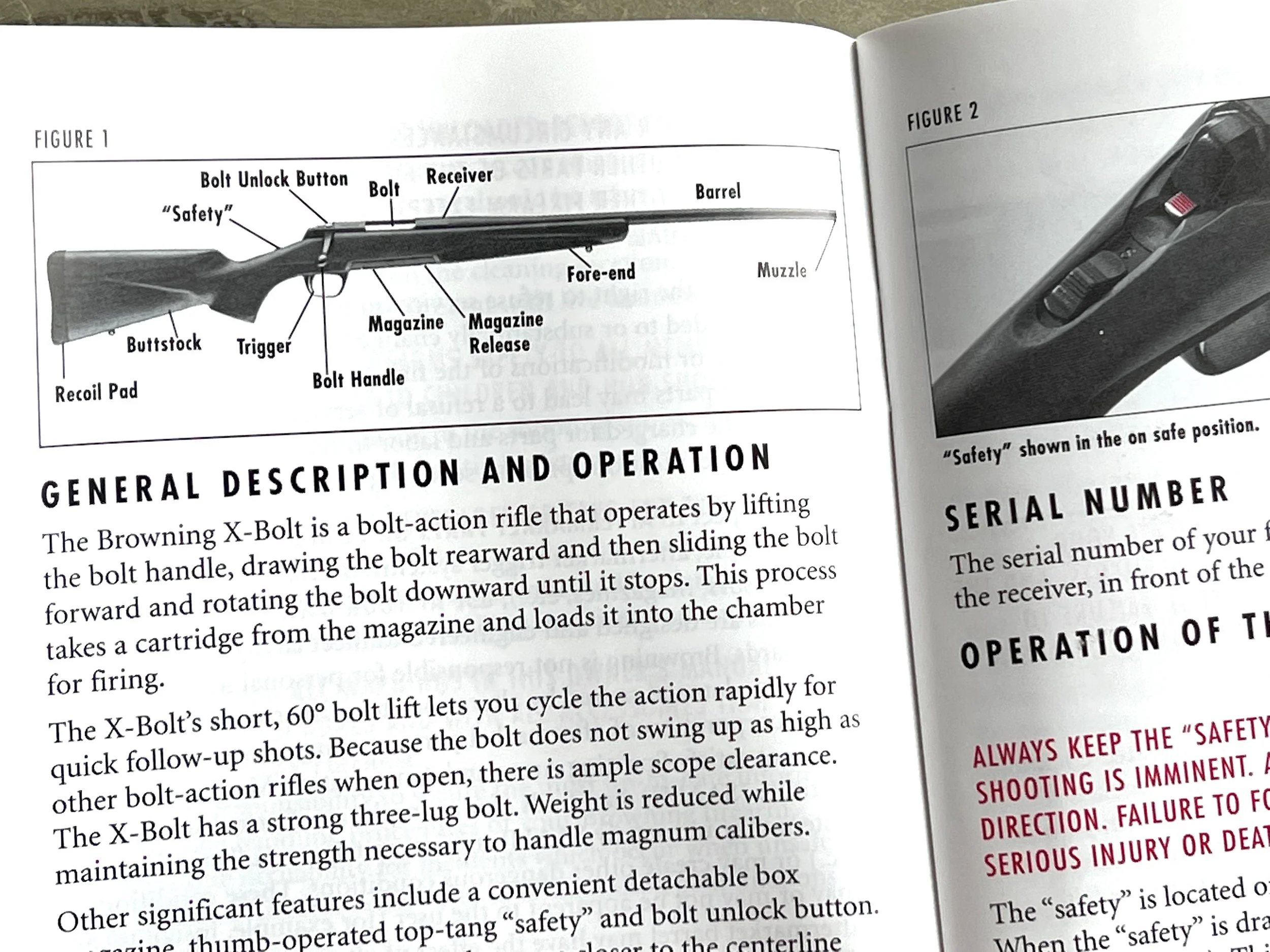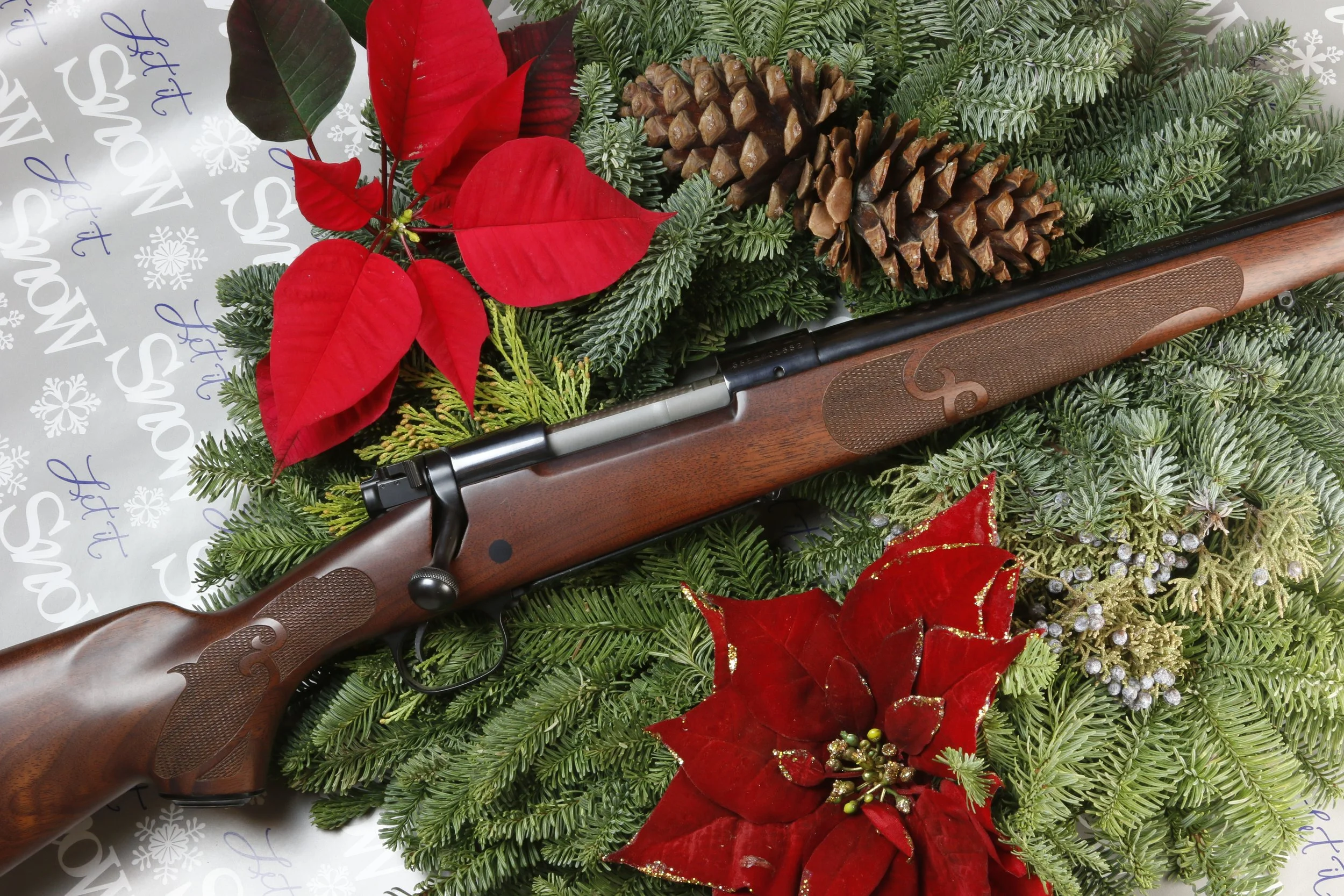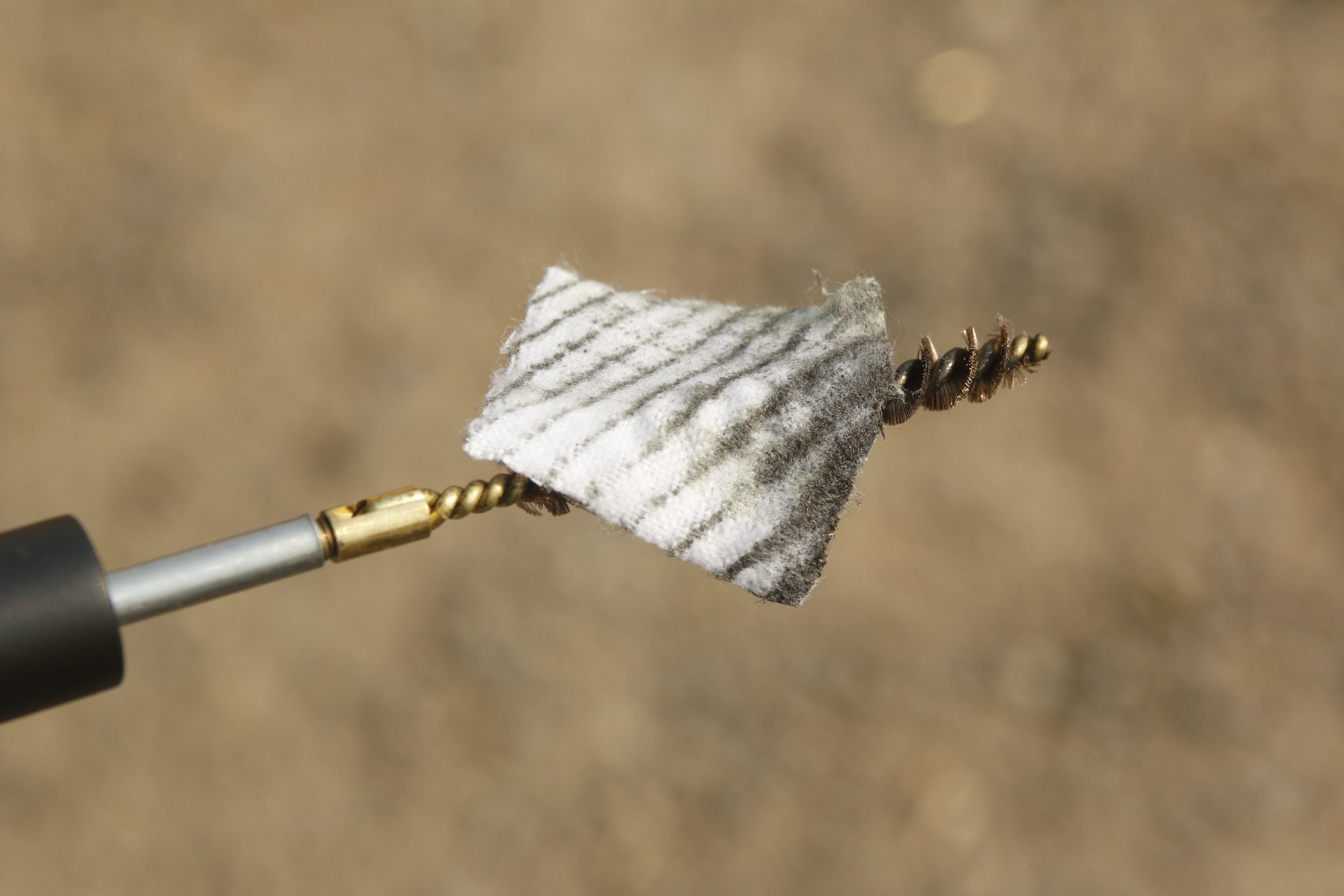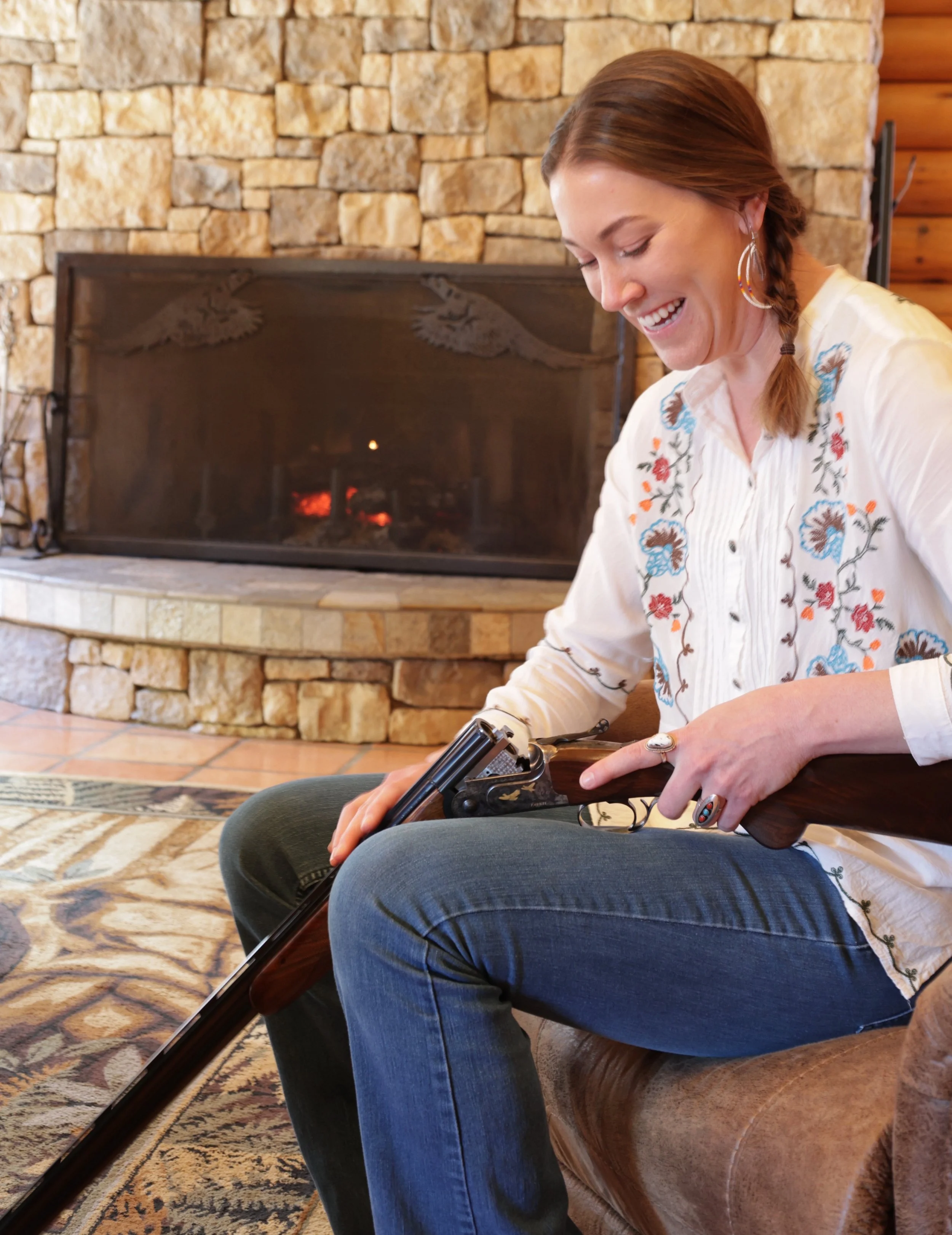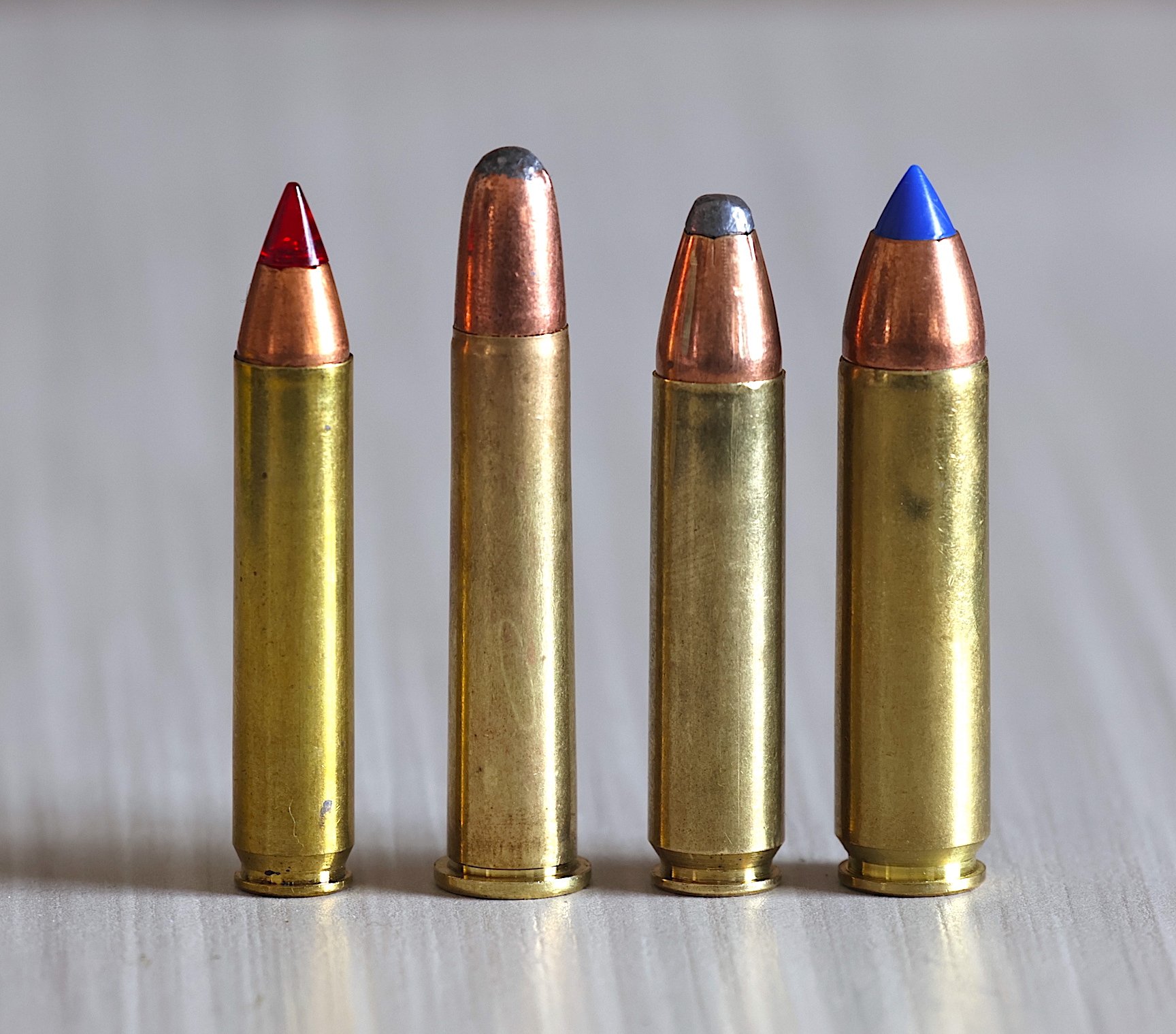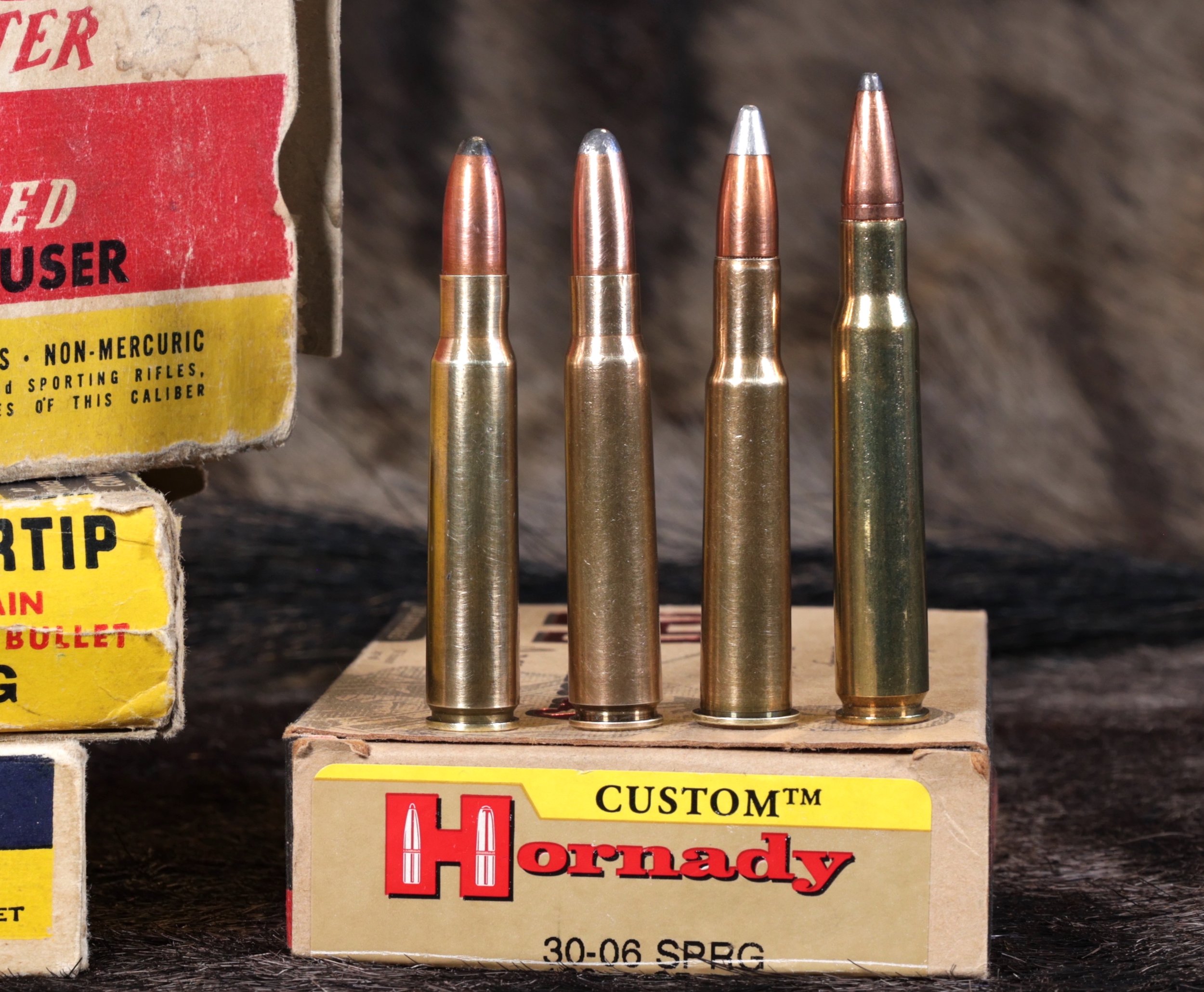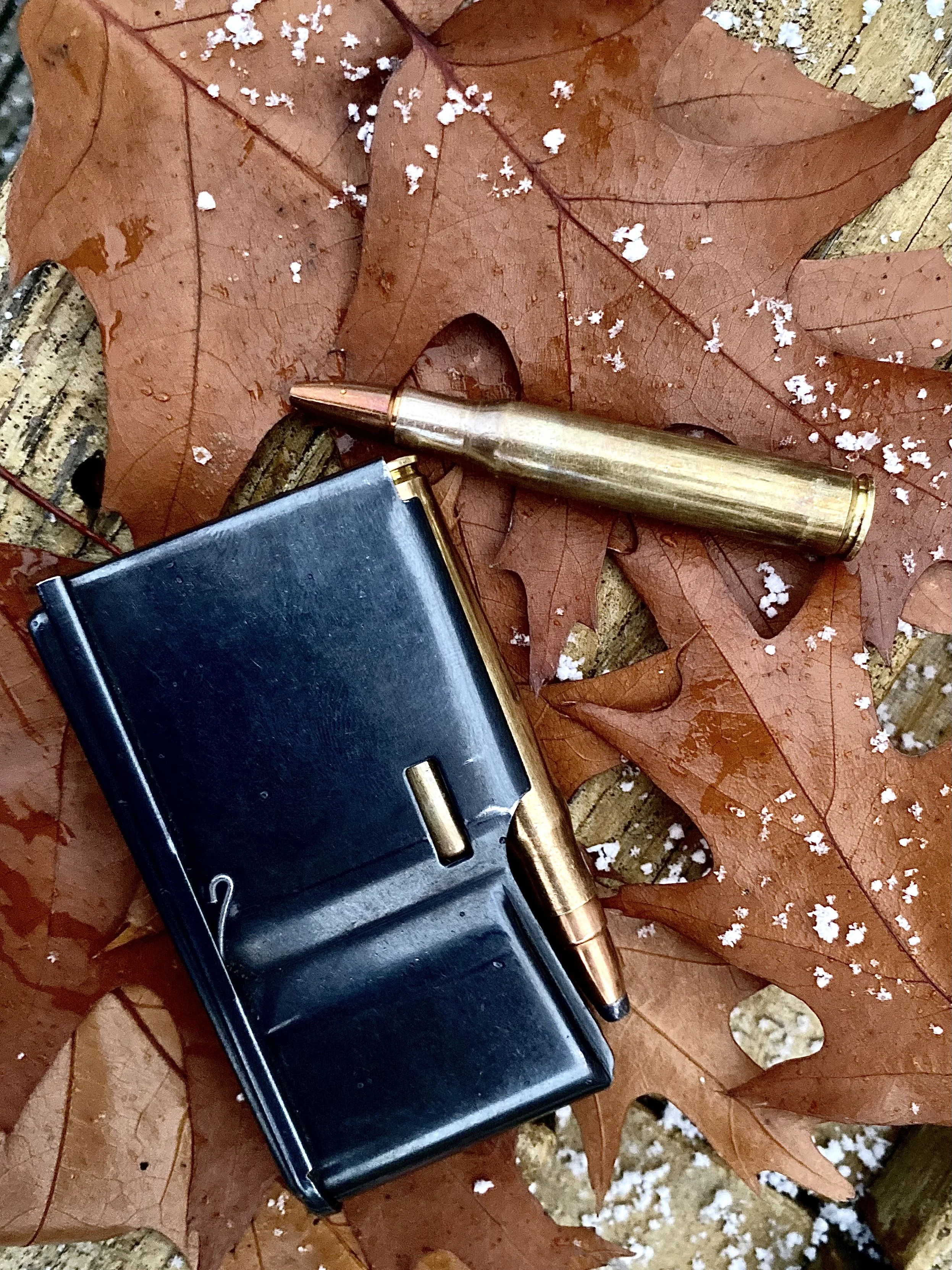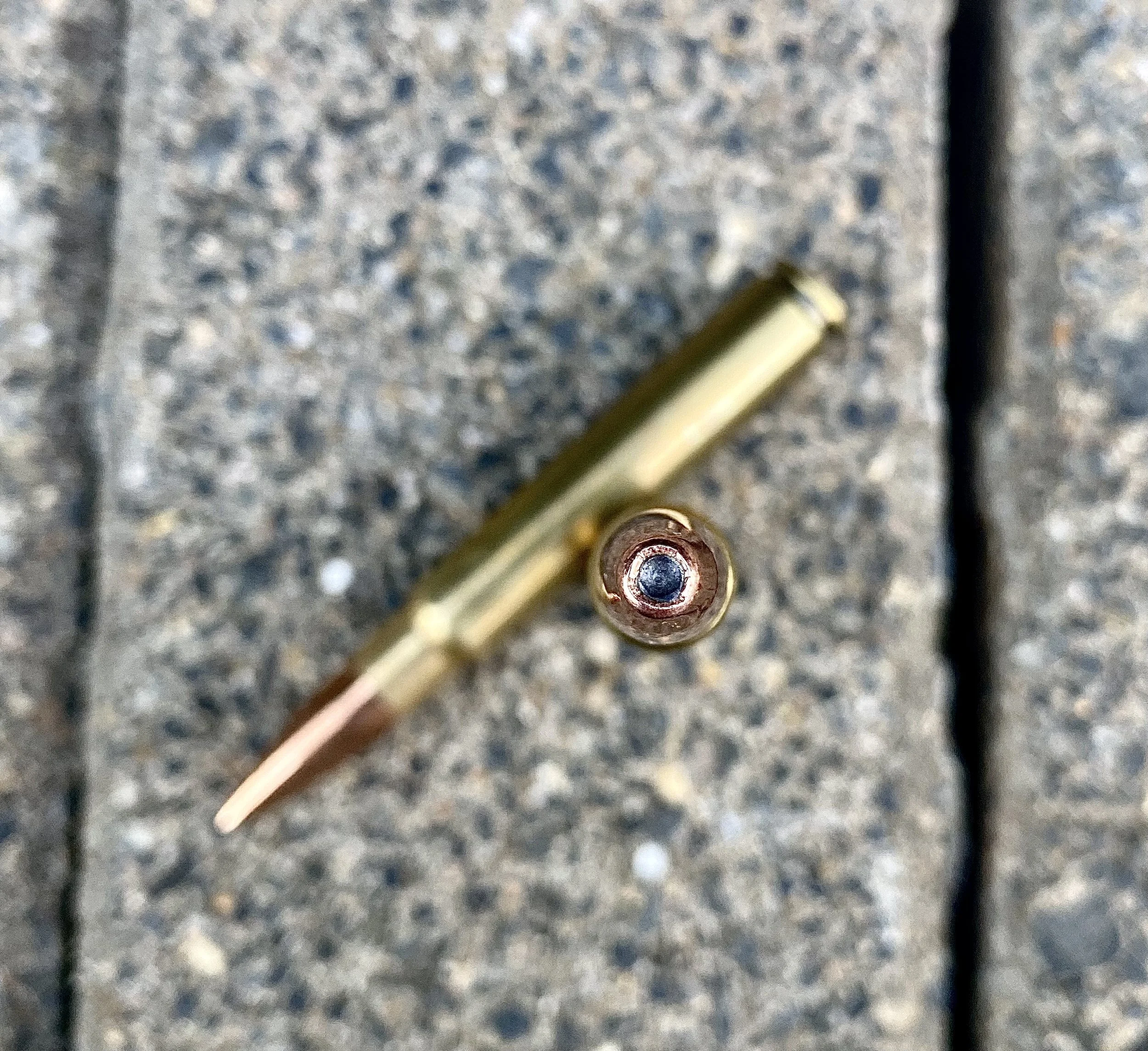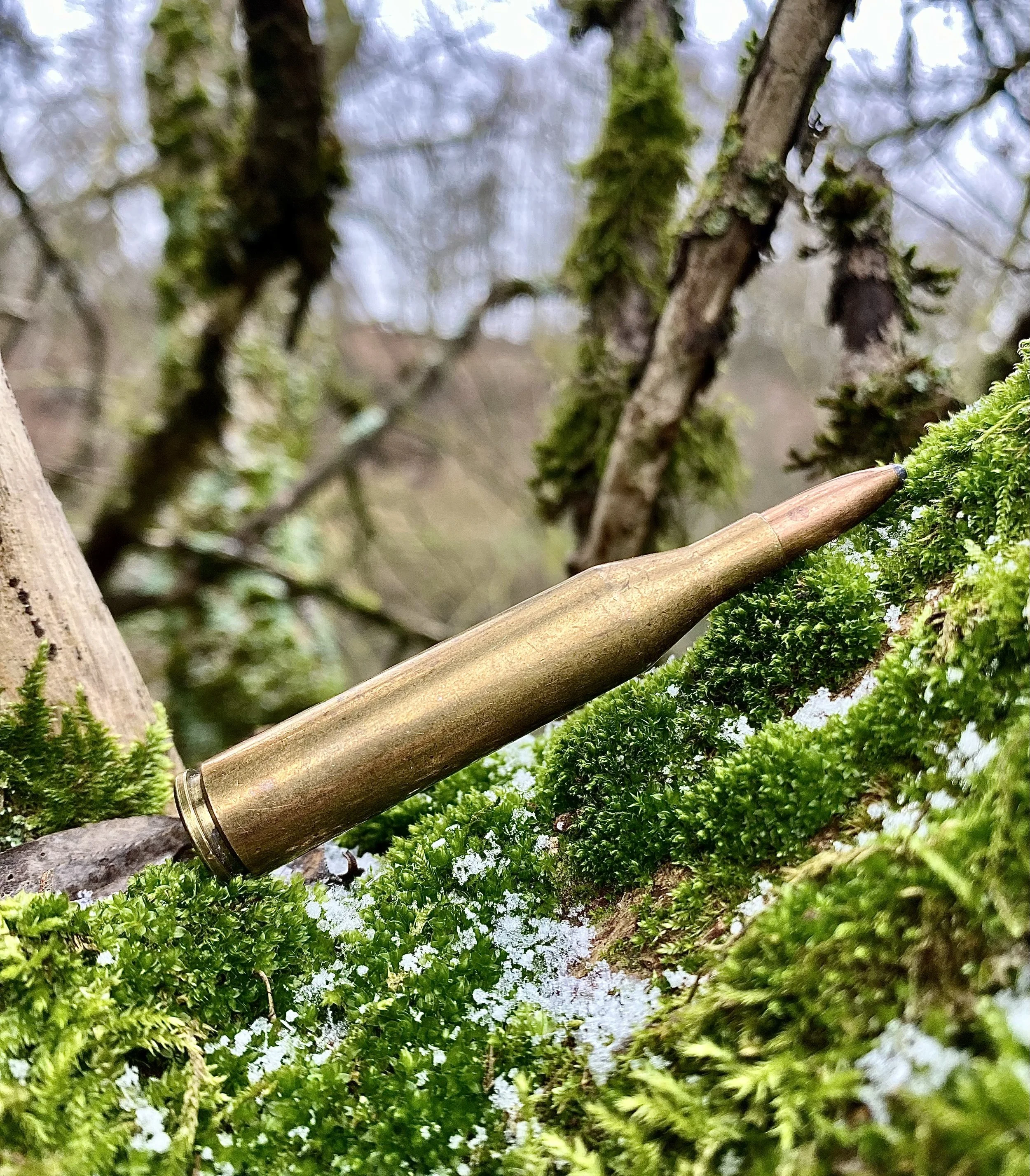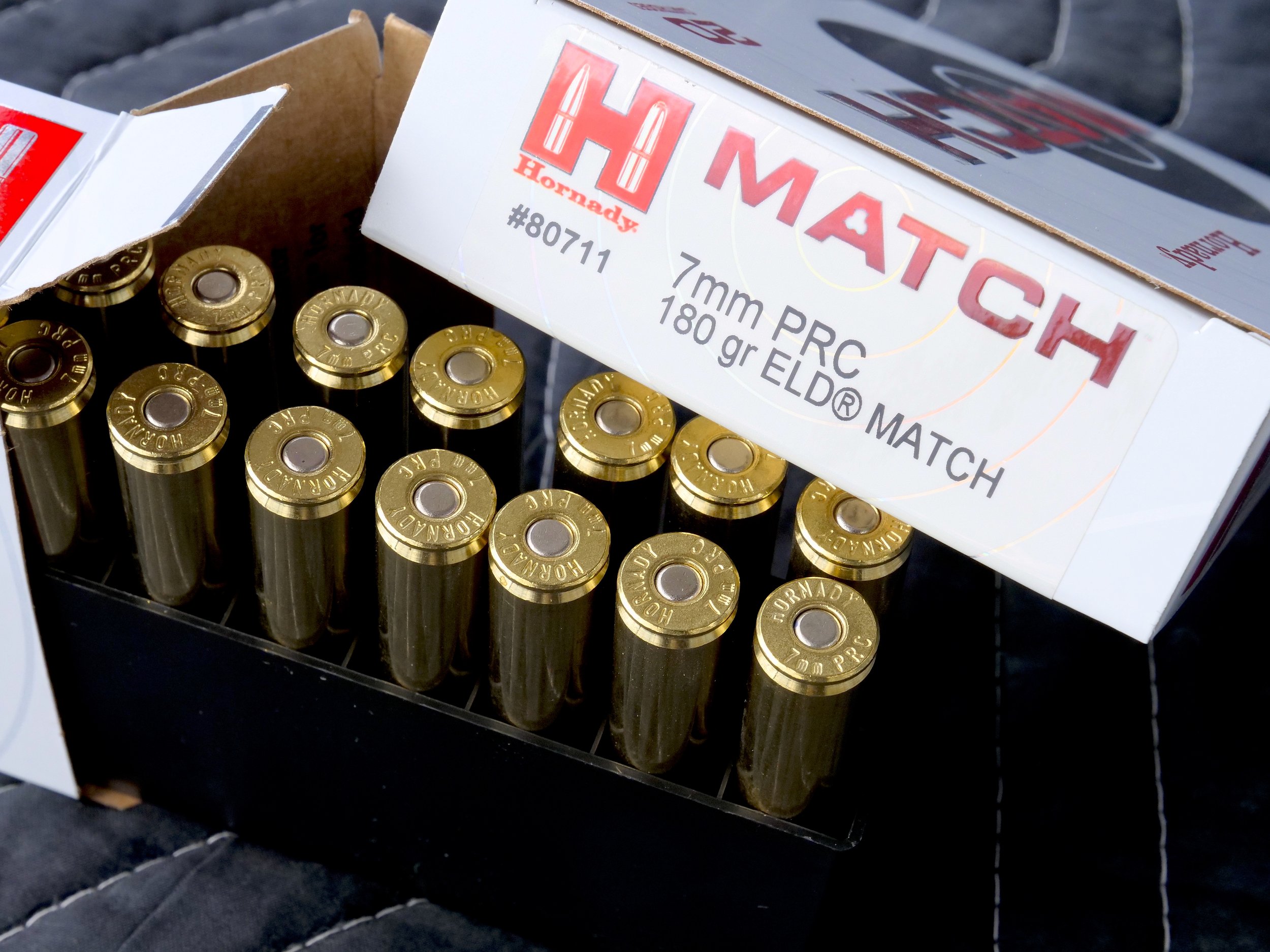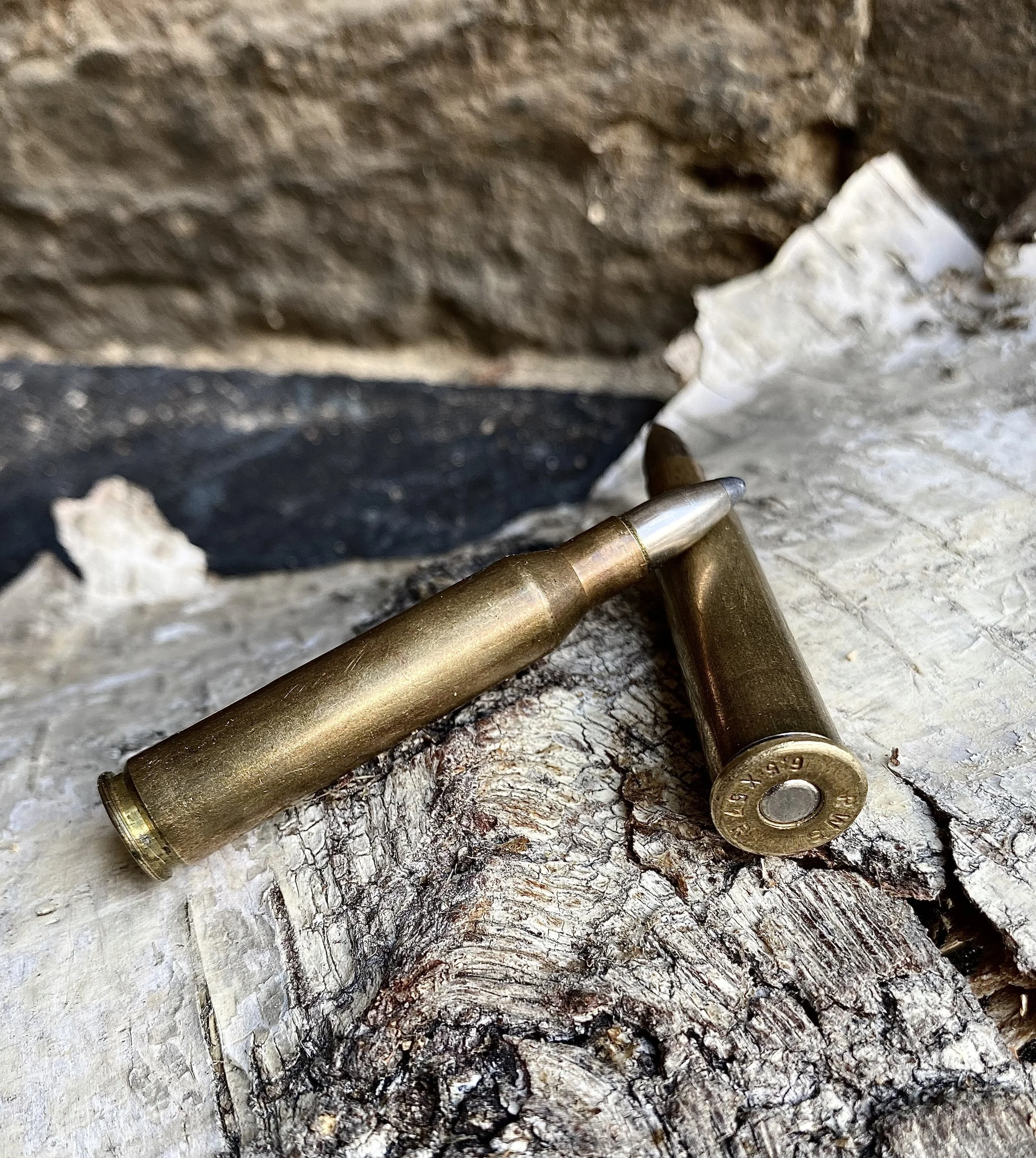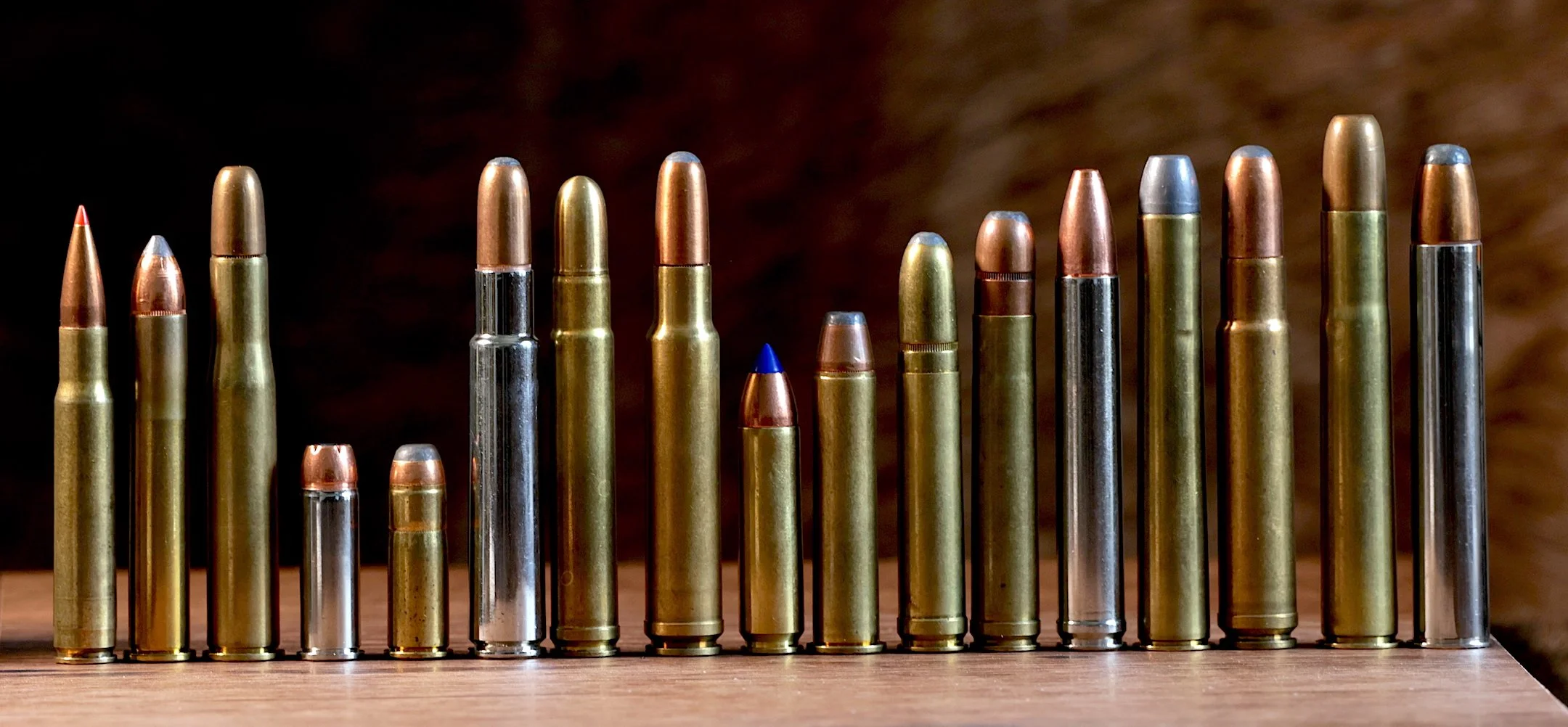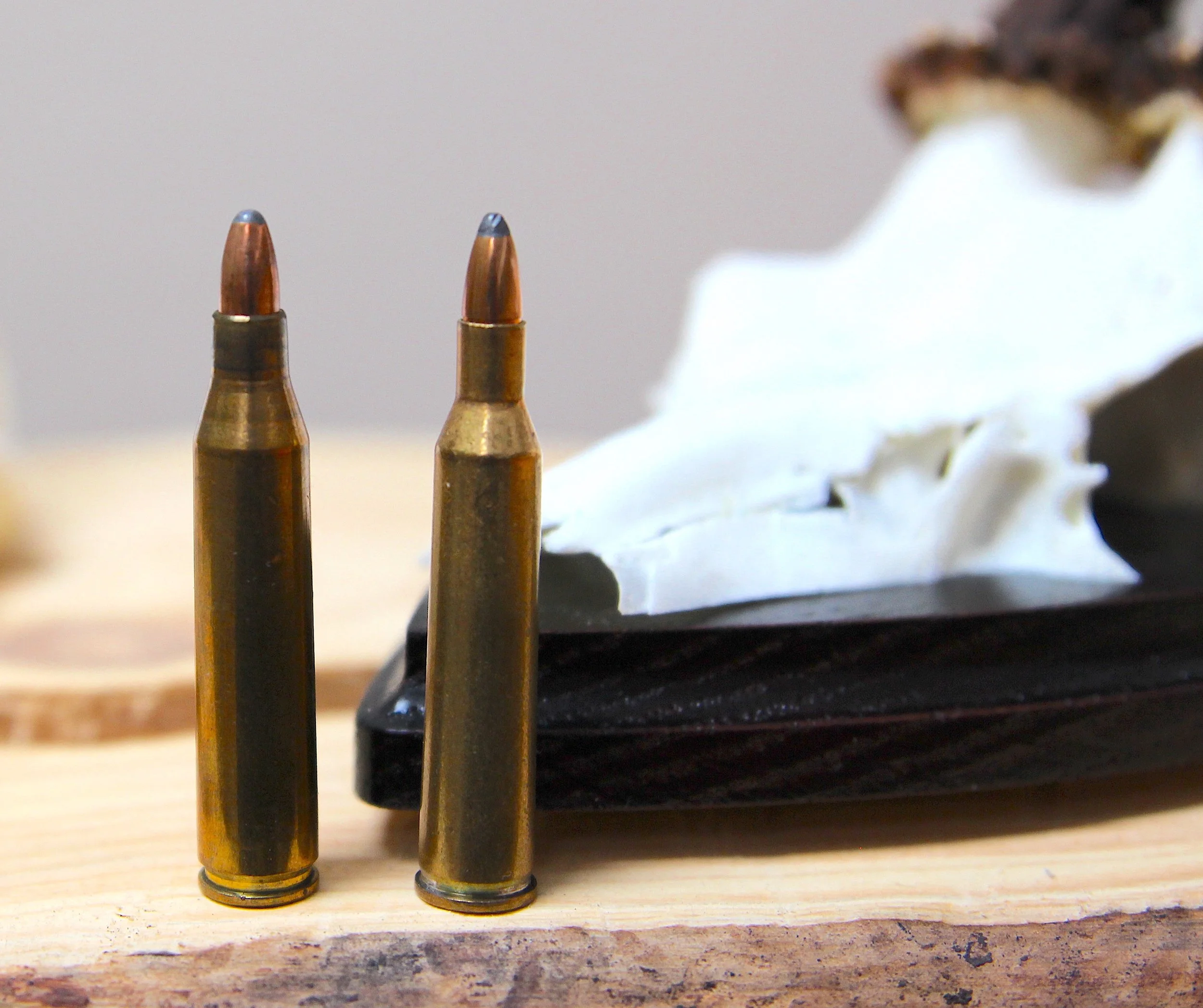Breaking In The Christmas Gun
If you were so lucky as to find a long, slim gift with a trigger under the tree, whooo hooo and congratulations. You should have yourself a tool with which to enjoy a lifetime of outdoor adventure. But before you start shooting, take a few simple steps to make sure you get optimum life and performance from your new gun.
First, point that muzzle in a safe direction all the time. Keep your finger off the trigger and resist the urge to start aiming at imaginary targets around the Christmas tree! The smartest thing to do is admire the gun with minimal handling until you READ the INSTRUCTION MANUAL.
I know, this isn’t the manly thing to do, but it’s the smart thing to do. Some guns can be dinged and even broken by fairly simple handling if you don’t follow specific instructions. Slamming the bolt shut on autoloading shotguns without installing the barrel first, for instance, can break the bolt handle or dent the receiver. You can break the stocks of some shotguns and take-down rifles if you don’t grasp the right parts. READ the Directions first. And study any parts descriptions and lists. Knowing the terminology will help you assemble and operate the machine properly!
Once you understand the mechanics, double check the firearm to be positive it’s unloaded. Remove the magazine. Remove the bolt if possible. Open the action and look inside the chamber if possible. Stick your pinky finger in if you can’t see in. Once you know it’s perfectly safe, you can being aiming at and shooting those imaginary bucks, bulls, and birds. But before heading to the range for an actual live shooting event, prepare the firearm via a proper cleaning.
Good news here. Most new guns come pretty darn clean. It’s not like the old days when they were covered with oil or even heavy grease — inside and out. Blued steels need oily protection to prevent rusting in humid store rooms where they might sit for months. Stainless steel metal and metal covered with Cerakote or the new dipped camouflage coatings are pretty much rust proof, so they ship oil free. If you want to be sure, wipe all metal parts down with a dry cloth or one with a bit of gun oil on it. If a blued barrel shows a bit of rust on the cloth, wipe it down with more oil until things clear up. This is standard stuff with blued steel.
Long term you can protect blued steel with a light coat of oil or wax instead. To wax a gun (common car was works fine,) remove the barreled action from the stock, wipe all metal oil free with an alcohol cloth, let dry, then apply one or more coats of wax. Wax holds moisture at bay without attracting dust.
While exterior cleaning is worth doing, bore cleaning is almost essential. You won’t ruin a rifle or handgun if you don’t first clean the bore. Virtually all rifles and handguns will have been function tested at the factory anyway, so barrels will be fouled. They may or may not contain a layer of oil or grease. But it’s wise to clean them anyway. Follow directions on your carbon fouling solvent until patches come out clean. You may then try a copper removing solvent, just in case. Cleaning down to bare metal this first time polishes the bore to a degree.
Many shooters advocate a long, complicated barrel break in via a regimen of shooting once and cleaning, then repeating for 5 or 10 rounds. You then go to 3 or 5 shots before cleaning for another 20 rounds, etc. The idea is to iron out any microscopic burs that could scratch bullets and pile up copper fouling. More and more gunsmiths are downplaying the need for this. Most barrels are hammer forged, which leaves no filings like cut rifling might. And most cut and broached barrels are done so precisely these days that rough bores are rare. With a target rifle you might consider a break in, but with hunting rifles I don’t think it’s necessary. I’ve found most new hunting rifles shoot sub MOA right out of the box, and sub MOA means the rifle should group all bullets inside an 8-inch circle at 800 yards!
My advice after your initial bore cleaning is to zero, sight-in, find out which load you like, and then clean. This can be after 10 rounds or 20 or even 40 UNLESS accuracy really starts to suffer. Then clean. As you get to know your rifle you’ll understand when fouling gets bad enough to compromise accuracy. Time to clean. Oh, and while you’re cleaning any bore, follow up with a chamber cleaning. Same procedure. Just treat it like an oversized part of the bore and get it clean.
As for new gun actions, most will be slightly oily. That’s ok. The oil is needed in certain places for smooth function. You can wipe off running excess, but there’s no need to scrub everything. I do recommend a tiny dab of grease behind each locking lug on the bolt head. This is a high friction, high tension connection. Oil is needed in raceways on which bolt bodies glide. Those instruction manuals should provide clear directions on where to grease and oil.
Old timers recommended storing guns butt up so oil wouldn’t seep into the stock and soften it. If you have this issue you’ve got too much oil in and on your gun. About the only firearms that need lots of oil are many pistols like the 1911. Those run best “wet.”
A little bit of caution and cleaning of your new Christmas gun should prepare it for a lifetime of fine function. Enjoy!



